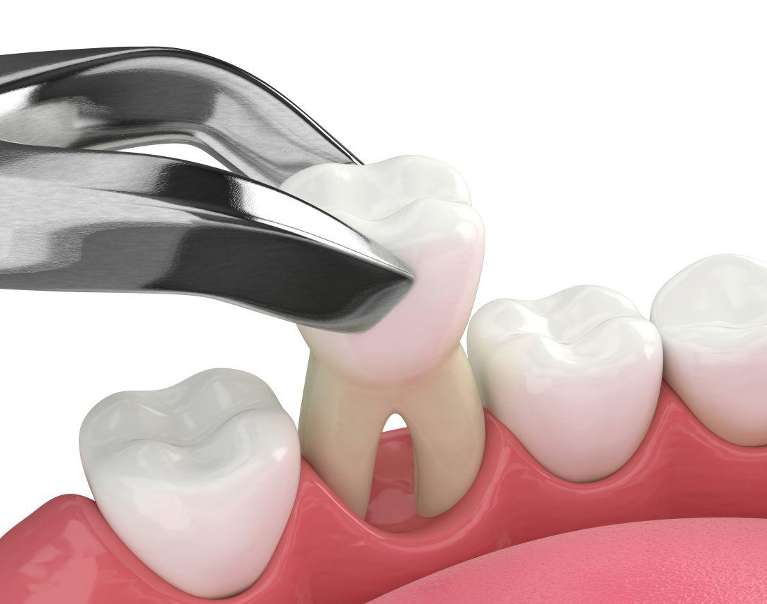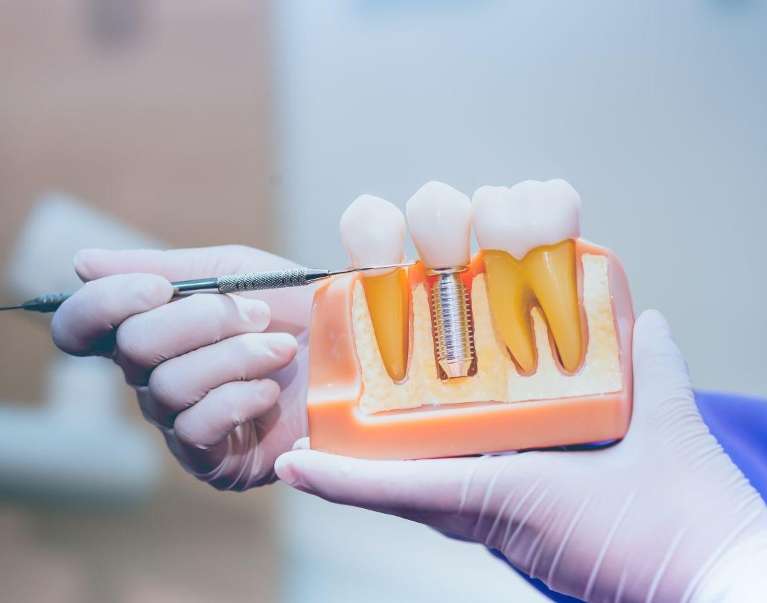
Portisde Dental Partners with Our Community
At Portside Dental, we consider ourselves community partners and take pride in giving back to our community. Whether that means sponsoring a local sports team or showcasing other local businesses at our Newport dental clinic, we take pride in being part of our community.
Today, we're going to introduce you to some of our local partners and highlight what they have ...







